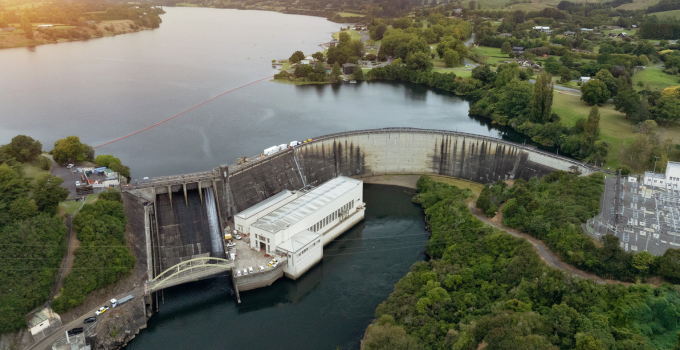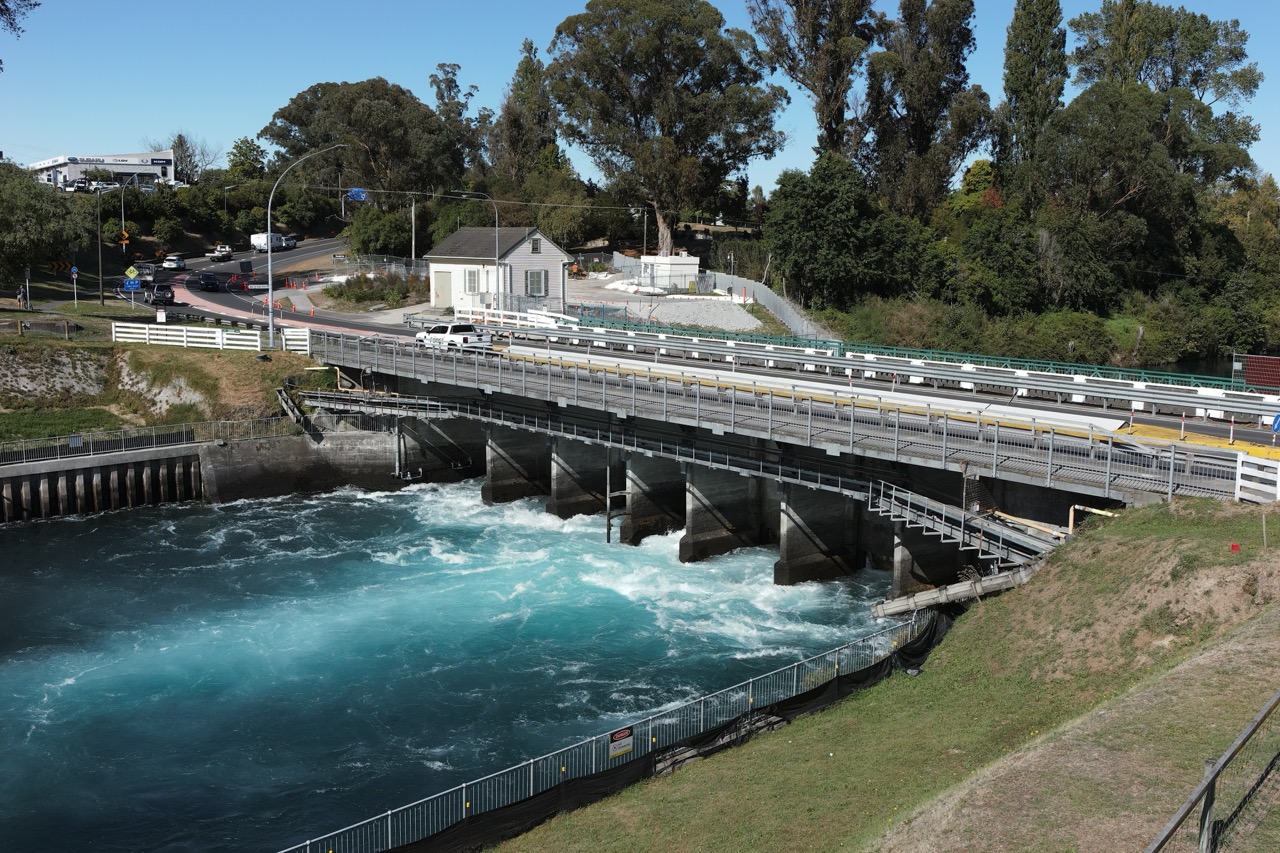Supporting asset management for New Zealand hydropower stations

Client: Mercury
Location: Hamilton, New Zealand
Date: 2023
Aligning Failure Modes and Effects Analysis (FMEA) to maintenance activities for Mercury’s New Zealand hydropower portfolio
Background
Mercury is a renewable energy asset owner with a number of hydropower stations, geothermal plants and wind farms. As well as expanding its portfolio by developing new renewable generators across the country, it also continues to focus on optimising the performance and resilience of its existing assets and recognises the importance of effective asset management as an enabler of responsible stewardship and a key mitigation for business risk.
To increase Mercury’s confidence in managing its hydropower assets, which were built between the 1920s and 1970s, the business engaged Entura to review and optimise Mercury’s hydropower asset management and maintenance strategy. Our review focused on the ‘water-to-wire’ assets but also considered ancillary services if they influenced any key credible failure modes of the generating assets.
Solution
We applied our extensive asset-owner knowledge and experience of managing and maintaining aging hydropower plants to this project, with the goal of establishing the strategy, systems and plans to mitigate failure modes for each site and increase Mercury’s confidence in its asset management activities and budgets.
We created a generic failure mode database of the mitigation tasks for the identified failure modes at each site. This is a living document with links to job plans and additional columns for Mercury to make adjustments as required. We also developed recommended job plans for each mitigation. The job plans include key job steps, craft types and estimates of the hours required to complete the activities.
Our aim was to define failure mitigation activities in a way that would flow consistently into maintenance standards and into Maximo job plans, items and tasks, and allow Mercury to link easily to the relevant work instructions. (Maximo is an asset management and maintenance software application suite.)
Outcome
Mercury’s management and maintenance personnel now have a clear line of sight to trace and address failure modes with appropriate engineering solutions, and to refine maintenance activities over time. With quality data inputs and outputs and clear processes, the business will be better able to eliminate unnecessary maintenance, justify required maintenance, and optimise maintenance activities to meet the desired standard of reliability.
The clear line of sight is an advantage when planning for and adjusting to changes following major asset overhauls. It can also help businesses deal with resource changes, providing clear reasoning for existing processes and strategy as well as opportunities to challenge processes effectively.
We are proud to have supported Mercury’s journey toward securing the performance and resilience of its valuable hydropower assets, so they can deliver sustainable, reliable and cost-effective energy to power New Zealand now and long into its clean energy future.





